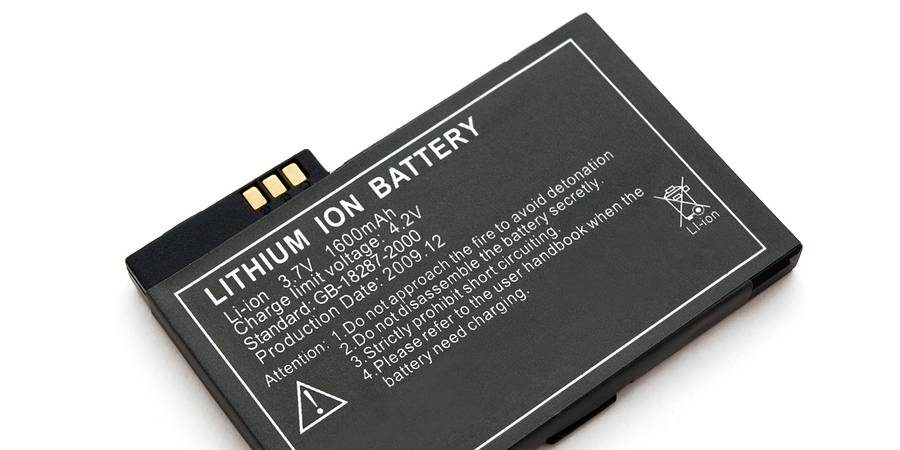A research team from Stanford University released a document detailing their experiments with the flame retardant triphenyl phosphate (or TPP). They plan to include it into lithium-ion batteries, which could prevent future fire hazards in mobile devices.
The scientists designed a battery prototype that releases a substantial amount of TPP when it reaches a heat signature that could result in an explosion, like the ones reminiscent from the Samsung Galaxy Note 7.
Test results showed that battery fire could go out in 0.4 seconds with this technology when the core temperature goes as high as 150 °C (302 °F). Previous attempts to put TPP in batteries have resulted in lower performance.
Redefining safety for future smartphones
Lithium-ion batteries have always contained a flammable electrolyte that can result in a fire if the battery undergoes physical damage or suffers a short circuit. The Stanford researchers tackle this problem with the help of a new separator layer on the device.
“Although the energy densities of batteries continue to increase,” the study’s abstract reads, “safety problems (for example, fires and explosions) associated with the use of highly flammable liquid organic electrolytes remain a big issue.”
The membrane goes between the positive and negative sides of the battery and consists primarily of fibrous micro-threads of TPP. An external layer of PVDF-HFP polymer (a type of plastic) prevents the chemical from affecting the battery’s performance.
When the separator reaches the temperatures mentioned above, the outside layer of polymer melts, releasing the TPP instantly.
This development could prevent individual fires, but researchers still need to conduct additional testing to see if the TPP still works under harsher conditions.
Why do lithium-ion batteries explode?
Li-ion batteries are the current standard for portable energy. They power almost any electronic device today, from smartphones to Tesla cars.
Their internal functioning starts at a layer called the cathode. When users charge the battery, this layer receives the energy and transports it to another layer called the anode.
The transportation occurs through an electrolyte fluid, which is flammable and can boil under extreme conditions. However, the temperatures required for this to happen are very high and almost never occur during regular smartphone usage, for example.
When it does happen, as the result of mechanical problems or misuse, the internal components of the battery melt, starting a chain reaction that can result in a small, yet dangerous, explosion.
Most manufacturers use Li-ion batteries because they are extremely efficient, even in small packages. They are also safer than acid cells and offer shorter recharging times.
Source: Science Advances



